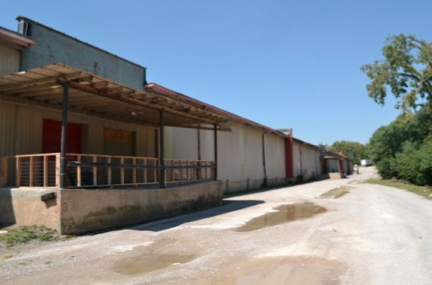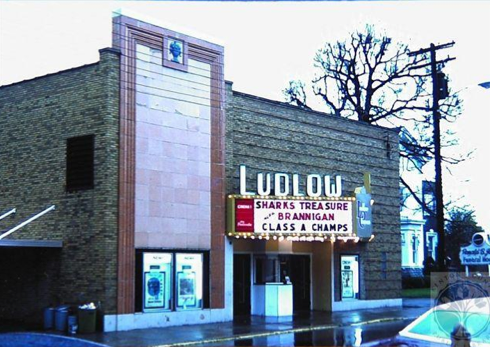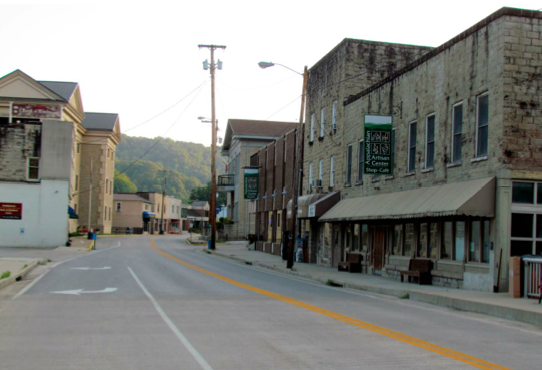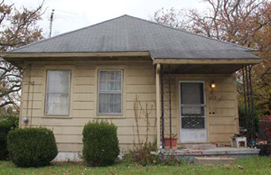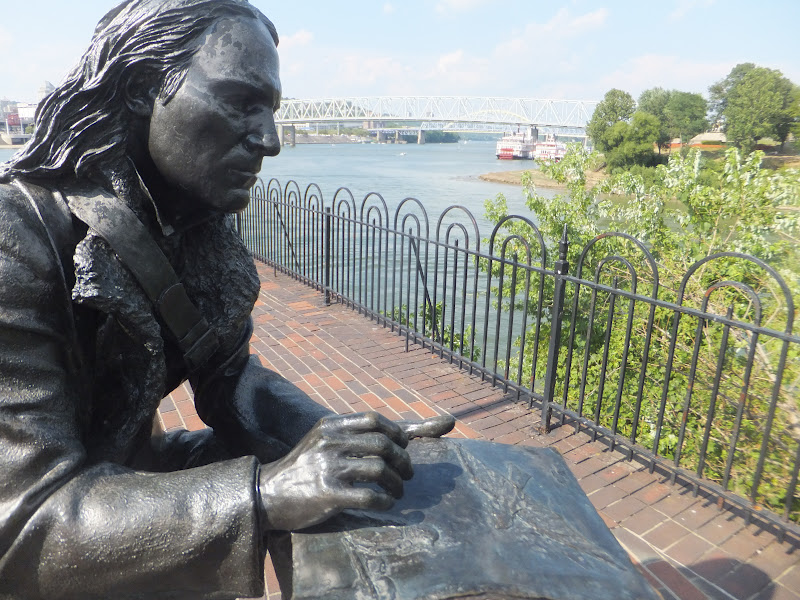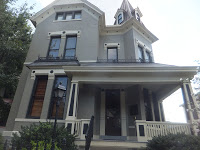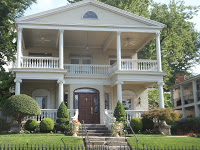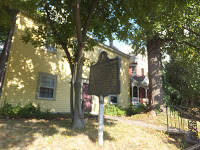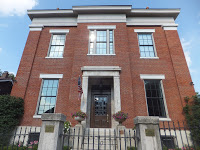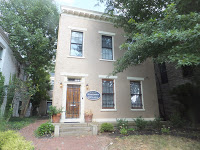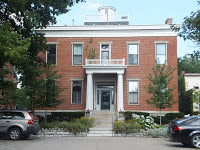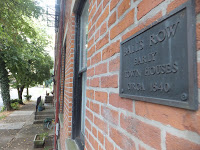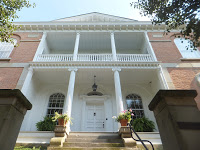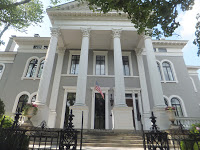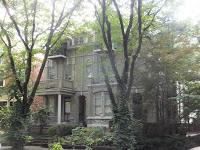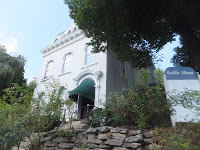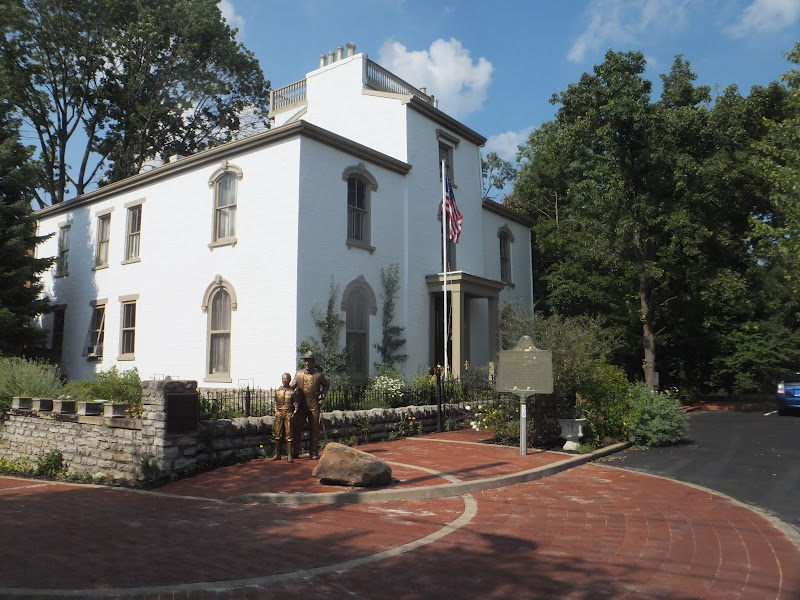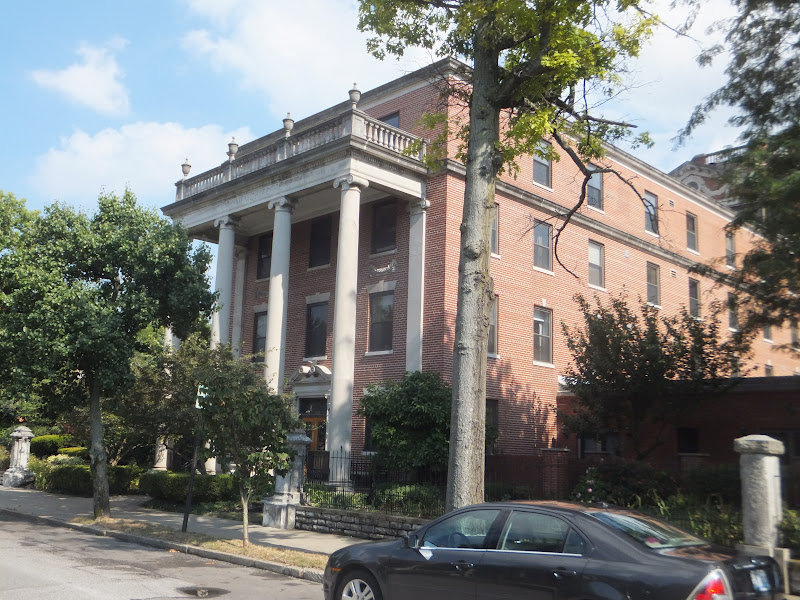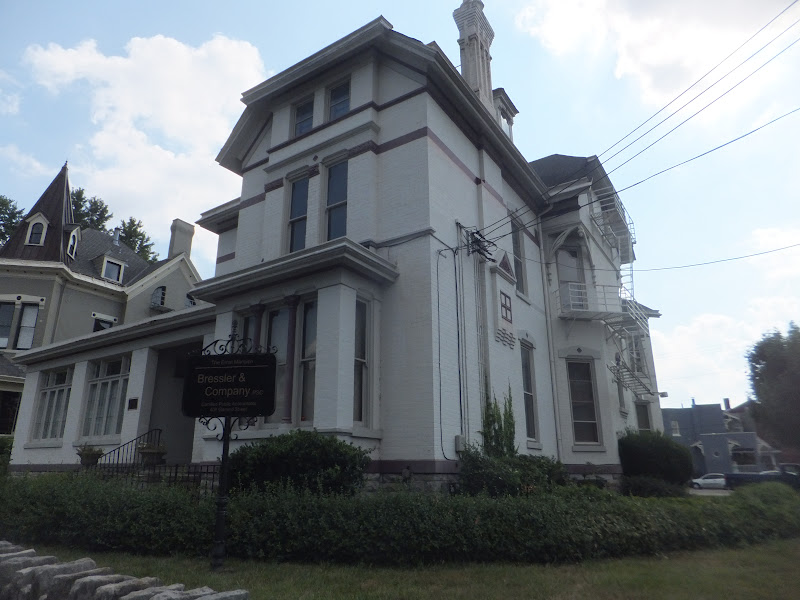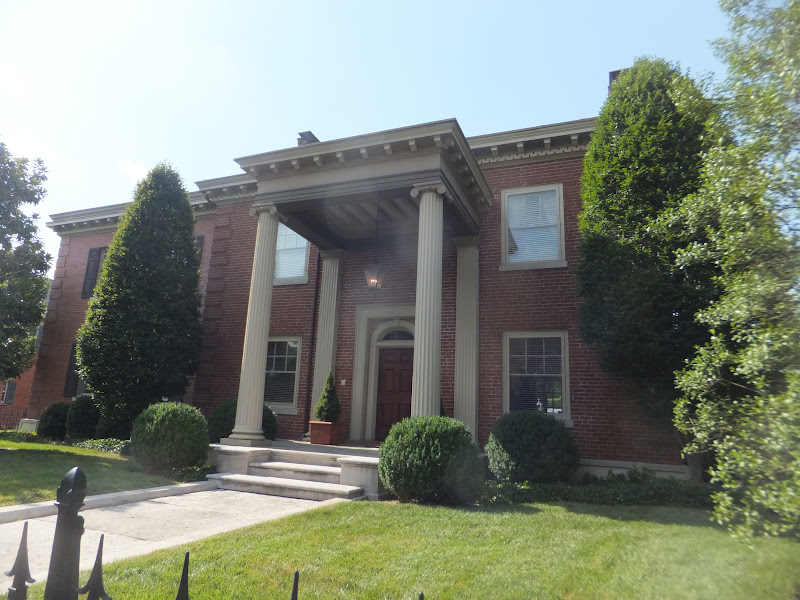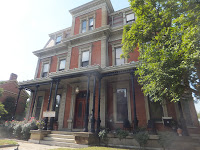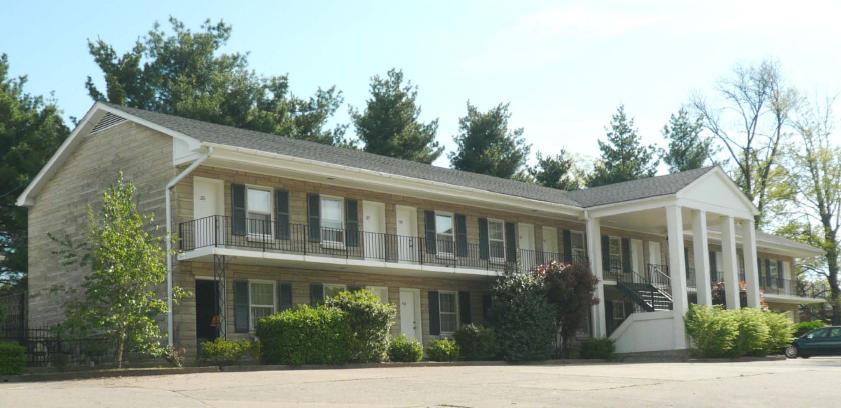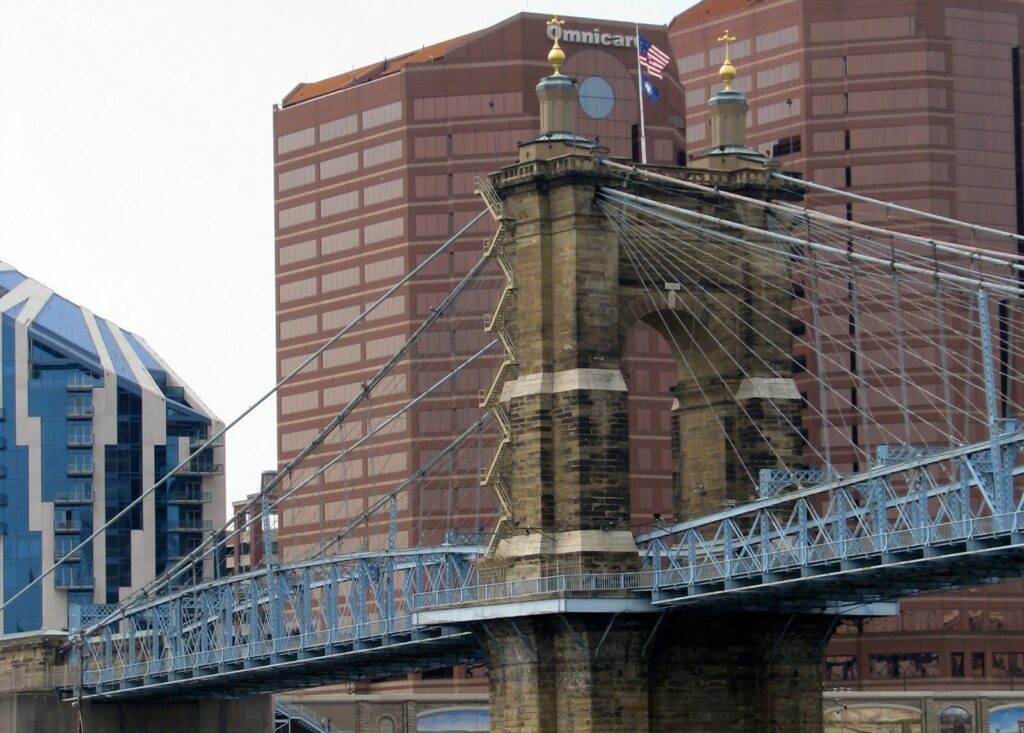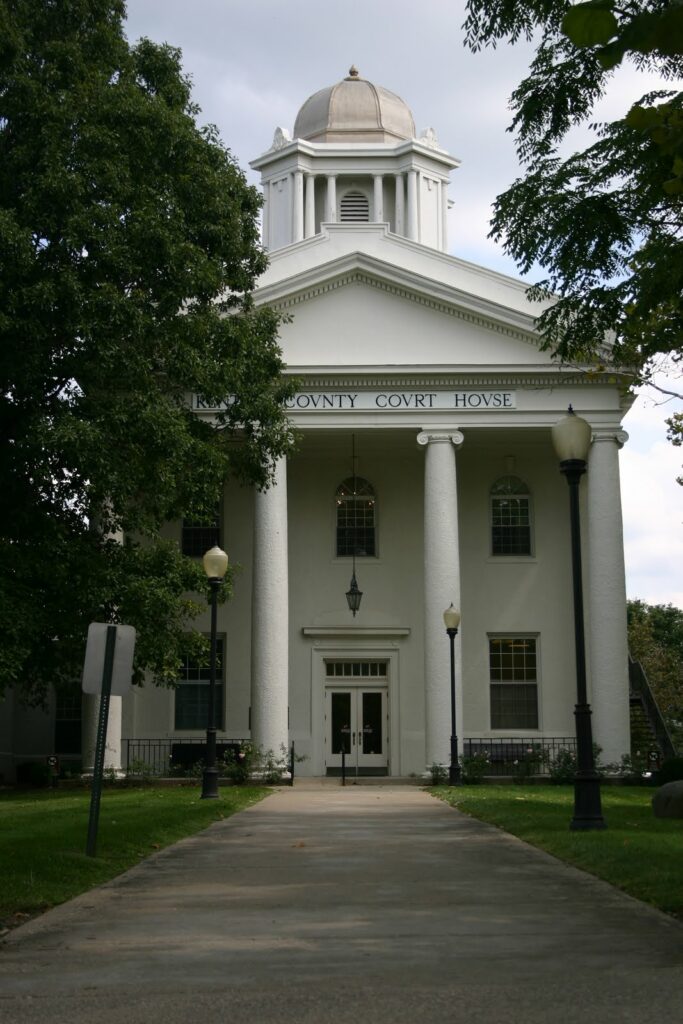Though there were only four new Kaintuckeean posts from September, there was a lot of strong traffic out of the archives. Below are the six most popular posts from September.
Griffith Woods
 |
| Griffith Woods. Author’s collection. |
The 745 acres of Harrison County land provides the purest glimpse of what Europeans first saw when the entered the Bluegrass region. This is what the land looked like when the Native Americans lived here. Griffith Woods is a cooperative effort between the Nature Conservancy, the University of Kentucky and the Kentucky Nature Preserves Commission. Originally called Silver Lake Farm, the area features some venerable trees that are more than 300 years old.
Read more at http://www.kaintuckeean.com/2010/07/no-destination-griffith-woods.html
A #DemolitionWatch Update
 |
| Fritz Farm. Fayette County PVA. |
One post from September helped to catch readers up on the many demolitions that have occurred around Lexington over the past couple months. Significantly, the circa 1875 farmhouse at Fritz Farm near the corner of Nicholasville Road and Man-O-War was demolished to make way for the future mixed-use development known as The Summit at Fritz Farm.
Read more at http://www.kaintuckeean.com/2015/09/catching-up-on-lexingtons-recent.html
Lost Lexington at the University of Kentucky
Come hear author Peter Brackney speak about his book #LostLexington today at 6:30 in the Singletary Center! pic.twitter.com/WzO7TLReRo
— UK Writing Center (@UKWritingCenter) September 29, 2015
This post was a promotional post for an event I had at UK’s Singletary Center to speak about my book, Lost Lexington. What made the event more special was that it was the inaugural event in the Hemenway Writing Center Speaker Series! It was a great event with a great group of attendees who asked some great questions!
“Every place you go has a story to it.” @kaintuckeean #LostLexington
— UK Writing Center (@UKWritingCenter) September 29, 2015
Read more at http://www.kaintuckeean.com/2015/09/lost-lexington-coming-to-university-of.html
3,849 Images from Lexington’s Past
 |
| Cadets along Main Street. UK Libraries. |
UK Libraries unveiled a new collection which included some incredible photographs from Lexington’s past. The photos, digitally extracted from dry plate, silver nitrate glass negatives, date from ca. 1898-1918.
Read more at http://www.kaintuckeean.com/2015/07/6-images-from-lexingtons-past-and-3848.html
Riverside Historic District
| Audubon Statue at the Point. Michael Monks. |
A guest post from the archives, written by Michael Monks of RCNKy.com, is about the Riverside Historic District in Covington. This treasure includes eight blocks along the Licking River beginning at the confluence with the Ohio River. Architecture of the “Greek Revival, Federal, Queen Anne, High Victorian, Gothic, Italianate, and French Second Empire styles” can be found here.
Read more at http://www.kaintuckeean.com/2012/07/RiversideHD.html
Silas Baptist Church
Like many churches in the region from both the Baptist and Disciples of Christ traditions, Silas Baptist draws from the heritage of the Traveling Church which was founded in Virginia in 1767. This July 2010 offers image and text from the on-site historic marker with a little extra insight on this oldest continuously running church in Bourbon County.
Read more: http://www.kaintuckeean.com/2010/07/no-destination-silas-baptist-church.html
Discover more and follow the Kaintuckeean on Facebook!









